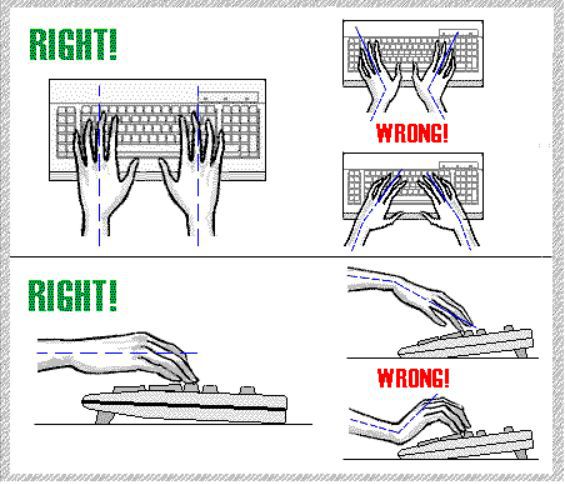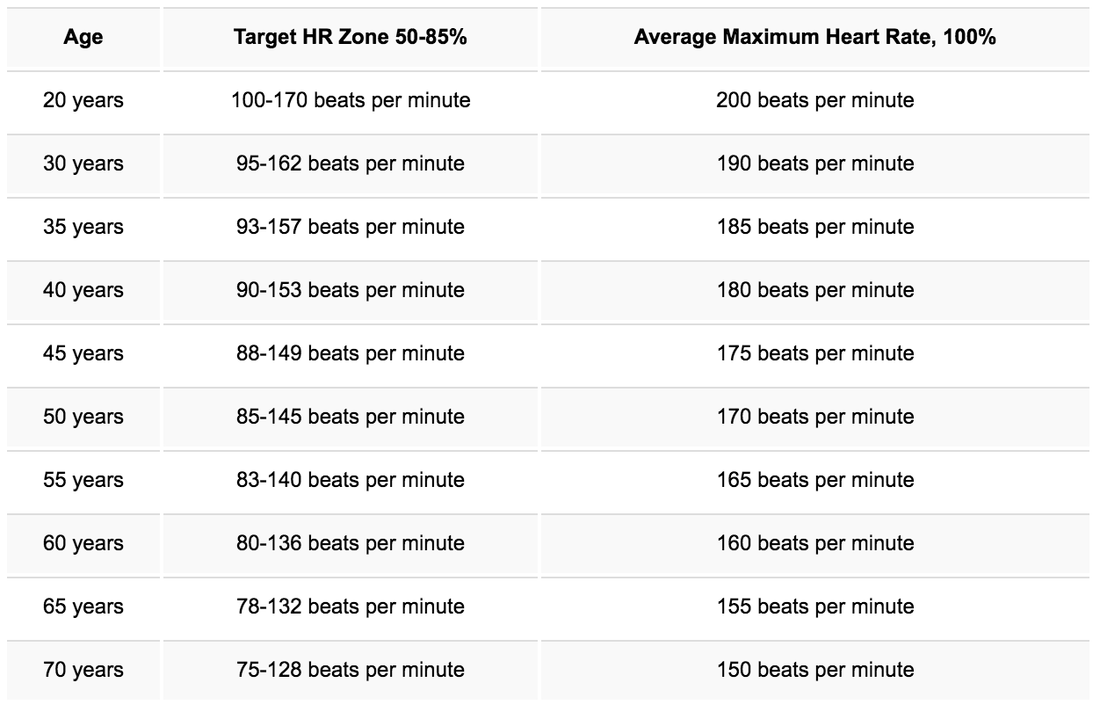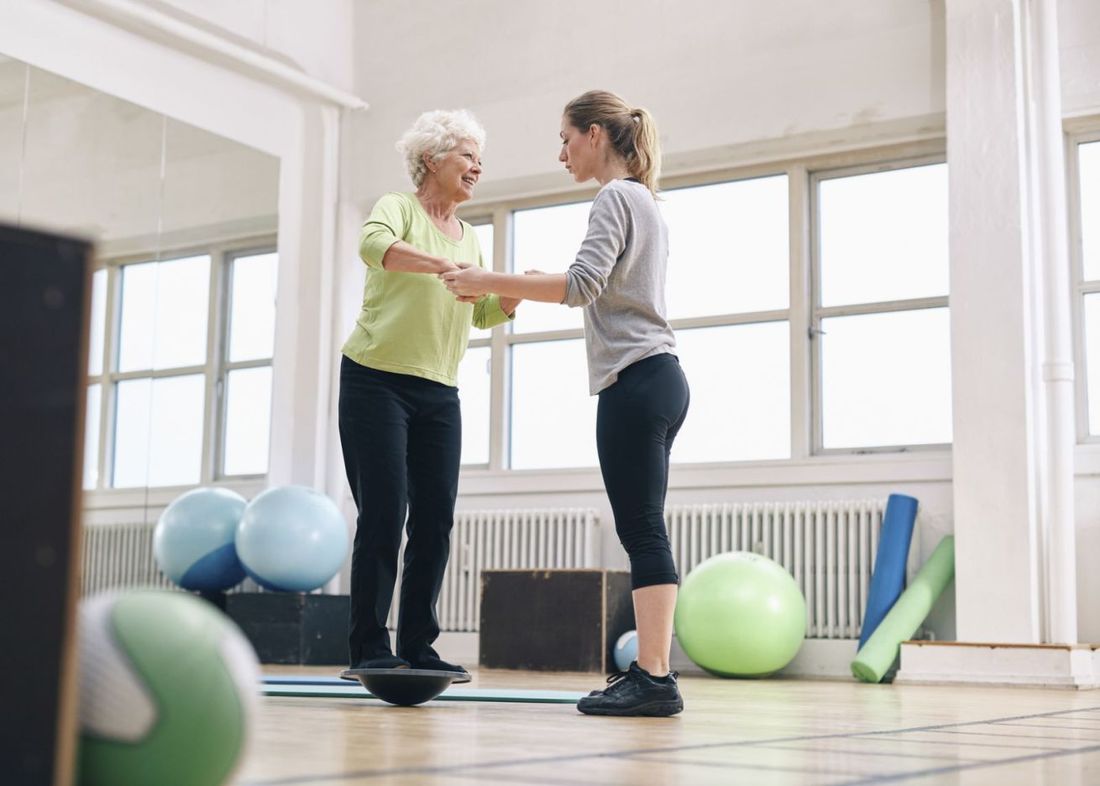|
Repetitive Strain Injury (RSI) is a condition caused by prolonged repetitive hand movements, such as those involved in computer use. Symptoms include shooting pains in the hands, wrists, forearms, and back.
Here are 6 simple tips to prevent RSI and reduce the symptoms. 1. Type with wrists in the Neutral Position In Ergonomics, Neutral Wrist Position is defined as:
2. Adjust or replace your keyboard The correct keyboard adjustment is one where the keyboard is flat and at or below elbow level. This position makes it easiest to type with your wrists in the neutral position. A gel wrist rest placed along the edge of the desk can help prevent you from resting your wrists on the hard edge of the desk or table. However, you should never rest your wrists while typing even with gel rests. Only use this when you are no longer typing. 3. The mouse is often to blame Many people develop RSI in the hand they use the mouse with as they tend to rest their wrist and flex it upwards in the Dorsiflexion Position when it should be in neutral, as when you are typing. Using a mouse pad with a gel can promote elevation in the wrist while using the mouse. 4. Take regular breaks To prevent developing RSI, it is recommended to take a 5 minute break every 20 or 30 minutes of continuous desk activity, and more frequently if you have the condition. Set a reminder on your computer or mobile device and use this time to walk around and stretch your wrists. 5. Sit at the computer with good posture Bad posture while at a computer can lead to numerous aches and strains in your neck, back, and even wrists. Bad posture is a primary risk factor in RSI because leaning forward instead of sitting up straight leads to resting your wrists while using the keyboard and mouse. Choose and adjust your seat so that you sit up straight, rather than leaning forward over the keyboard. Refer to this article if you aren't sure what constitutes good posture. 6. Get treatment The final step to reducing symptoms of RSI is visiting a physiotherapist where you will benefit from a prognosis, hands on treatment, and a program to help reduce your symptoms when you're sitting alone in front of a computer. The key to less pain could be as simple as changing your habits.
21 Comments
Resting Heart Rate Before you determine your target heart rate during physical activity, it is important to know your resting heart rate. Your resting heart rate is the number of times your heart beats per minute while your body is relaxed. A good time for accurate result is first thing in the morning after a good sleep. Training Heart Rate Now, it’s time to determine you target training heart rate. Your aim is to stay between 50-69% of your maximum heart rate during moderately intense activities, and 70-90% during high intensity workouts. (see chart below). Step 1: Take your pulse from the inside of your wrist by gently pressing your index and middle fingers over the blood vessels. Step 2: Set a timer for 10 seconds and count your pulse, or watch the clock. Multiply this number by six to find your beats per minute. Step 3: Determine your heart rate zone based on the chart below. Your maximum heart rate is approximately 220, minus your age. Now What?
If you find your heart rate is above your target zone of, slow down. Alternatively, if your heart rate is too slow, you know it’s time to kick up the intensity and push a little harder. By using the range of 50-69%, this method allows you to monitor your fitness level and understand whether the activity is appropriate, helping you to achieve whatever the results are that you’re aiming for. Try aiming for the lower range of your target heart rate zone and gradually make your way to a faster heart rate. Make sure you talk to your health care professional before beginning a new exercise regime and visit a physiotherapist for help creating a unique regime for you. This is often the first question people ask themselves when they suffer from chronic pain or have an acute injury. The truth is, you cannot go wrong visiting either a doctor or physiotherapist. The main difference is the experiences you have during the assessment and treatments provided by a physiotherapist and the assessment and advice of a doctor.
Here is a simple guideline that may help you make your decision. You should see a physiotherapist if:
You should see your doctor if:
Physiotherapy
Physical therapy for balance focuses on the ability of the joints and brain to communicate, the balance system in the ear, and vision. Physiotherapy works to coordinate all three areas in one exercise such as standing on one foot, first with the eyes open, and then with the eyes closed. In addition, physiotherapy improves balance with increased joint flexibility, walking, and lower-extremity exercises. Muscle strengthening "Core strength is very important for balance. If the abdominal muscles in your core are weak, they cannot support your limbs, especially when you're walking. If the gluteal muscles in your buttocks and hips aren't strong, they won't be able to propel you forward," Two exercises that will improve muscle strength is bridges and wall planks. Consult a physiotherapist before adding any exercise into your balance program. Tai Chi and Yoga Tai chi and yoga are exercises that make you pay attention to the control and quality of movement, rather than the quantity, which improves your balance. In tai chi, you practice slow, flowing motions and shift your weight from one limb to another. Yoga incorporates a poses that focus on correct postures and breathing. Both exercises increase flexibility, range of motion, leg and core strength, reflexes and your ability to balance in multiple stances. Vision correction If you can't see where you're going, your fall risk goes up. The solution may be as simple as a new eyeglasses prescription. If you have an increased risk for other eye conditions, you may need an eye exam more often. Assistive walking devices A cane or a walker will provide more stability and confidence when walking. Walkers are available with wheels intended for different terrain, lockable brakes, seats, baskets, and other features such as headlights. Canes are available with various handgrips and bases. Seeing a physiotherapist is the best way to get trained on how to effectively use these devices to help improve your balance. 1. Stay hydrated
The discs between the vertebrae in your spine require water to maintain disc height and spinal alignment and to take pressure off the spine.
2. Increase magnesium intake Neck pain is most frequently the result of a muscle strain or sprain. Increasing your intake of magnesium, a mineral that aids in the contraction and relaxation of muscles, may help avoid these pain causing problems.
3. Avoid cradling the phone in your neck One way you may not even realize that you’re aggravating your neck is through angling it while speaking on the phone. Do not cradle the phone between your ear and shoulder, as this puts unneeded strain on your cervical spine. 4. Consider acupuncture Acupuncture stimulated nerves, muscles and connective tissue. This stimulation boosts your body's natural painkillers and increases blood flow, which is proven to help some people with pain management. 5. Try remedial massage Remedial massage differs from traditional massage in that it involves oil being applied and rubbed into the skin. Over time, the oil is intended to penetrate the muscles and joints, removing toxins and improving joint mobility while relaxing the muscles. A targeted remedial massage may offer relief for your neck pain. 6. Visit a physiotherapist It is common to think of physiotherapy as a treatment aimed at reducing symptoms from a given injury. In addition to this, physiotherapy for the neck can also have other benefits, such as:
7. Place ice on certain areas of the body Neck pain may also be joined by nagging headaches and numbness or tingling in the back of the head, neck, shoulders and hands. 8. Use a water pillow Water pillows allow you to dictate the firmness of the pillow to reach the ideal firmness that reduces neck pain while sleeping. More water equals a firmer pillow; less water provides a softer pillow. 9. Incorporate swimming into your exercise routine Swimming has therapeutic effects on neck pain, specifically in reducing inflammation, providing quick pain relief and easing neck stiffness. |

 RSS Feed
RSS Feed






